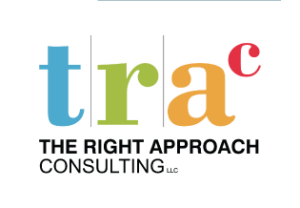ISO 2015 in Plain English: Context of the Organization Pt. 2
Where to Start?
First, you need to determine which of the new requirements are already being satisfied in your existing quality system documentation (whether a formal certified QMS or homegrown), because some of the requirements scattered throughout ISO 9001:2008 are now consolidated into this new clause.
If you have already implemented ISO 9001:2008, then you probably have already defined the scope of the QMS in the Quality Manual and the sequence of processes and their interaction, either in the form of discussion, meeting minutes or flowcharting. If you are implementing the standard from scratch, then the first thing you need to do in this planning phase is identify the processes and their interactions (an example is illustrated in the adjacent figure).
 Once the scope of the QMS is defined (the Scope should concisely define your core business), together with exclusions (there will be more on what is an acceptable exclusion in Clause 7 of ISO 9001 in a later edition), and processes and their relations are identified, you need to get your hands around what factors impact your business from a high level.
Once the scope of the QMS is defined (the Scope should concisely define your core business), together with exclusions (there will be more on what is an acceptable exclusion in Clause 7 of ISO 9001 in a later edition), and processes and their relations are identified, you need to get your hands around what factors impact your business from a high level.
These factors and how they are managed within your QMS comprise the context of the organization. The organization’s culture are internal factors, while the socio-economic environment are external factors. They all play a role in how the organization delivers products or services and the new standard requires you to state what these factors are and their effects on quality.
In next week’s final discussion of Context of the Organization (Pt. 3), I will present what types of issues should be included in both the internal and external factors.
Contact me for my free ISO 9001:2015 Readiness Checklist and perform a quick self-assessment to gage your preparedness for the new standard. Then call to see how I can help.
920-841-3478
Steve@TheRightApproachConsulting.com
